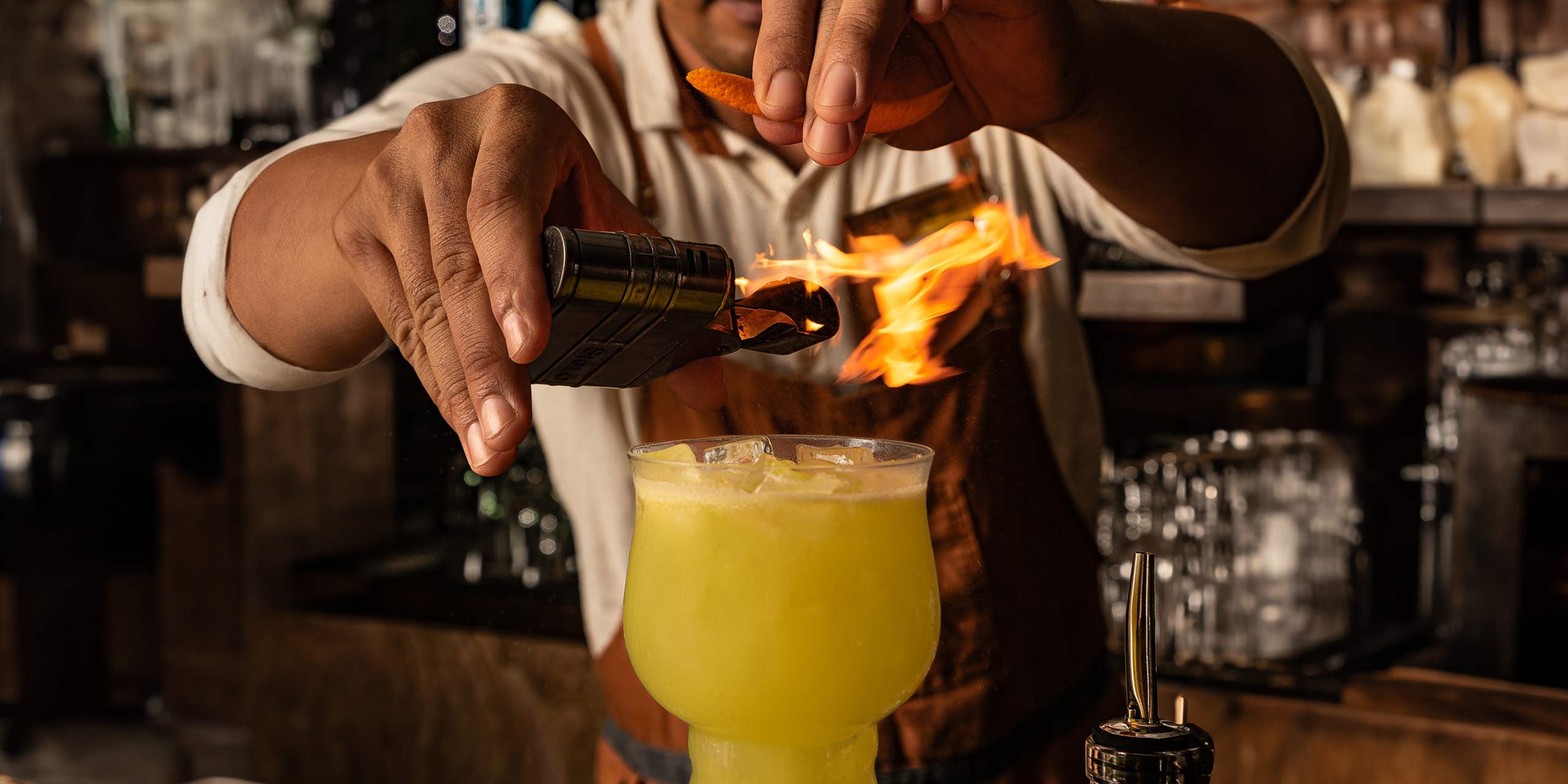
Over the last two decades the words “alcohol” and “Siem Reap” have called to mind two words: Pub Street. The city became a mass-tourism destination too small to contain the visiting millions; curiously, it took a pandemic and an infrastructure overhaul to change the status quo.
Pub Street lost its allure as its tourist customer base disappeared. In its place, stylish speakeasies began popping up in what was once the suburbs, each flaunting a distinctive theme, look and personality.
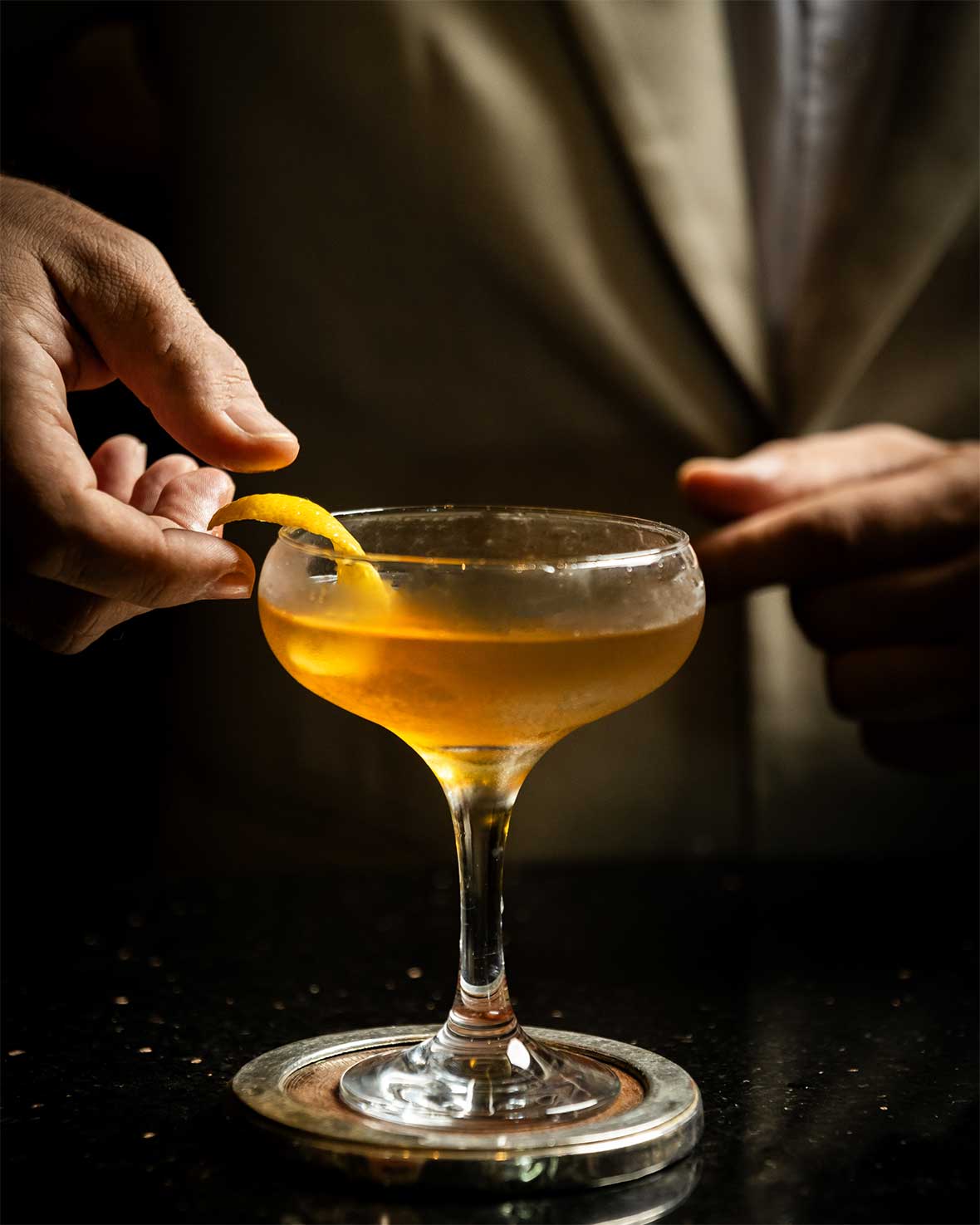
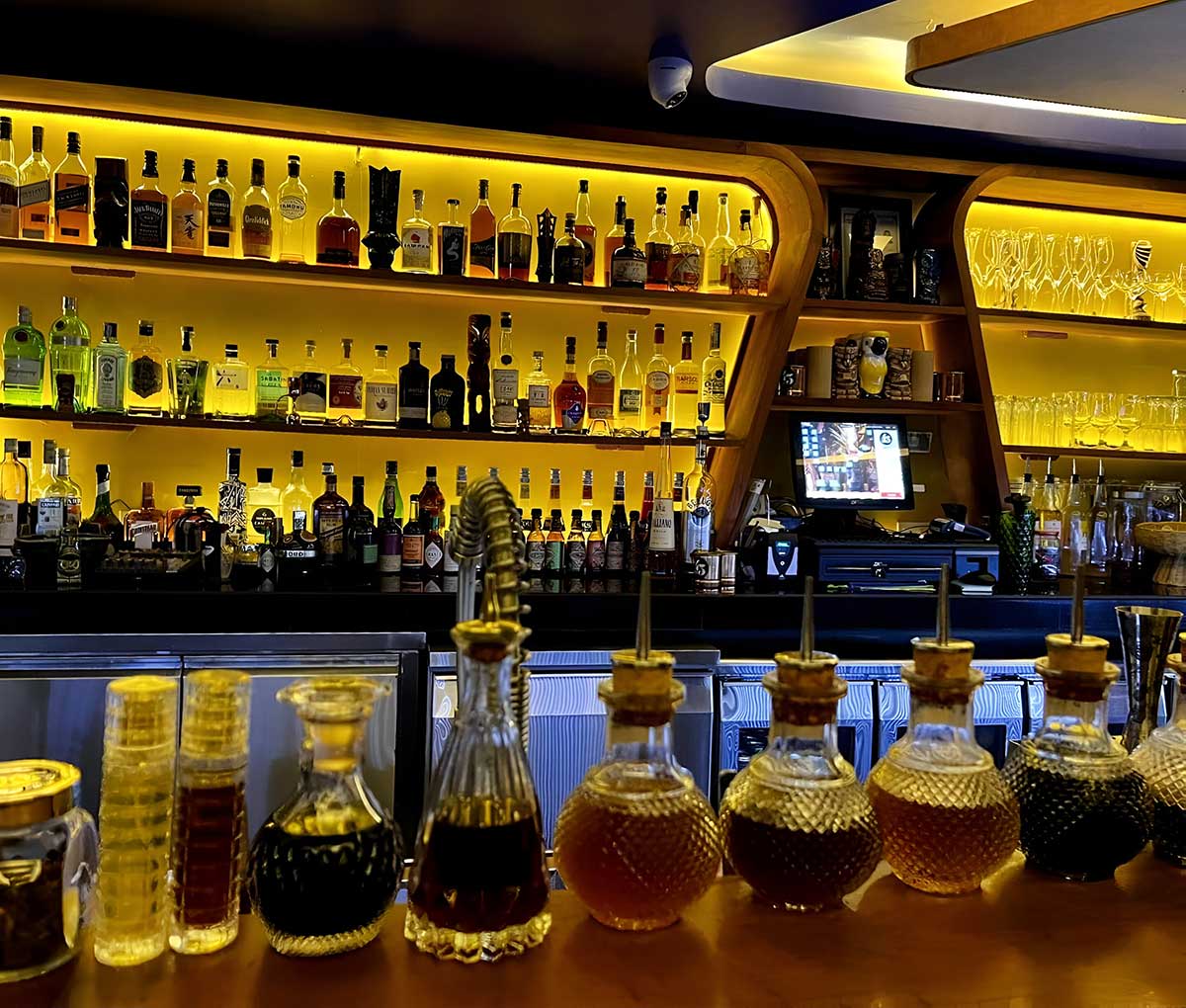
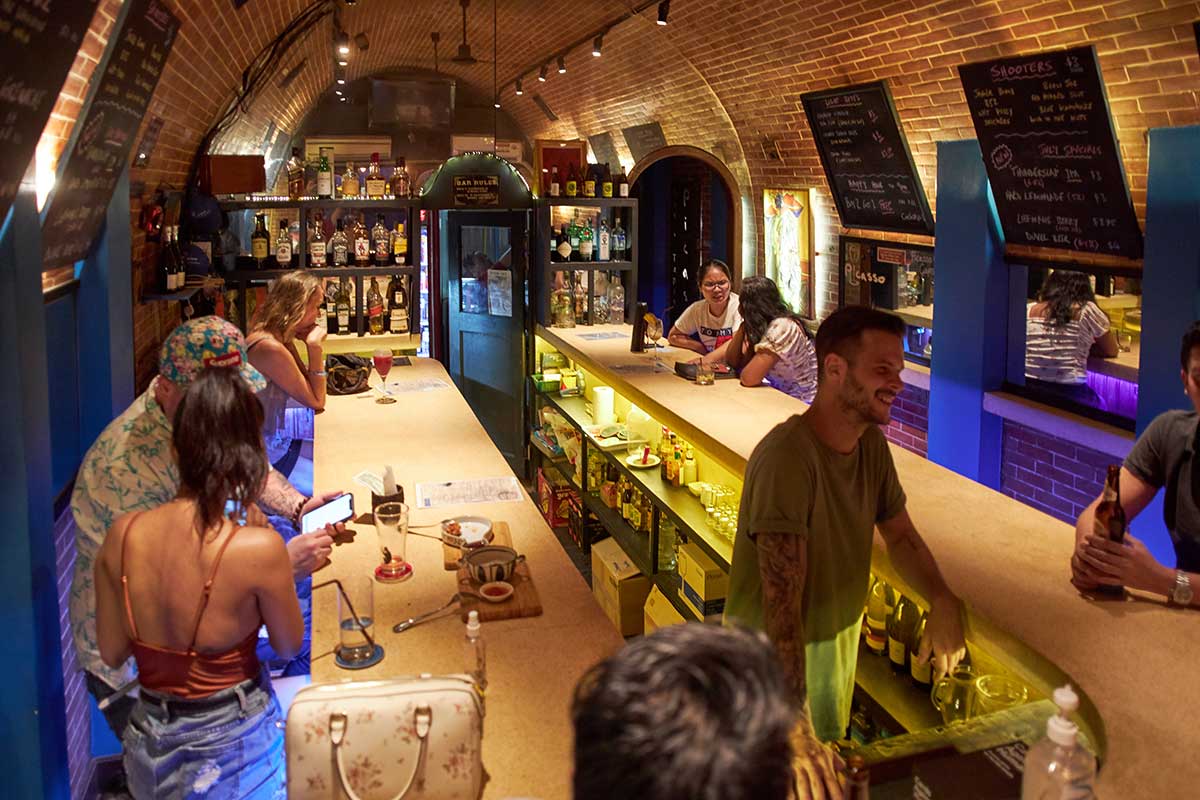
It was a fitting renaissance since Siem Reap in the pre-war era was Indochina’s best-known cocktail city. The luxurious Elephant Bar at Raffles Grand Hotel d’Angkor took its name from the mode of transport chosen by vacationing Europeans as they returned from Angkor Wat, as the gentle giants deposited them into the celebrated, lithograph-strewn cocktail lounge.
It was in 2020 that Bar43 arrived in Alley West, opposite the perennially hip Picasso Bar, and kickstarted the speakeasy revival. Bar43’s USP is its fusion of lively ambience with eye-popping design (leather sofas, jazzy ceiling panels, porthole-style windows) and inventive Khmer/Western mixology, with drinks served in tiki-style glasses.
Four years later, bar owner/MC Phally Khun’s charismatic presence helps ensure that Bar43 remains lively even on Sunday nights. Chief mixologist and bar manager Rom Toich, who’s recently done guest stints at bars in Singapore, whips up exotic cocktails using nothing but a base spirit and his creativity; bestselling 43 Smash (bourbon, Guinness syrup, angostura bitters) lingers in the mouth after the initial lively kick, while Tiki 43’s spiced rum and coconut liqueur recalls the bar’s heady early days.
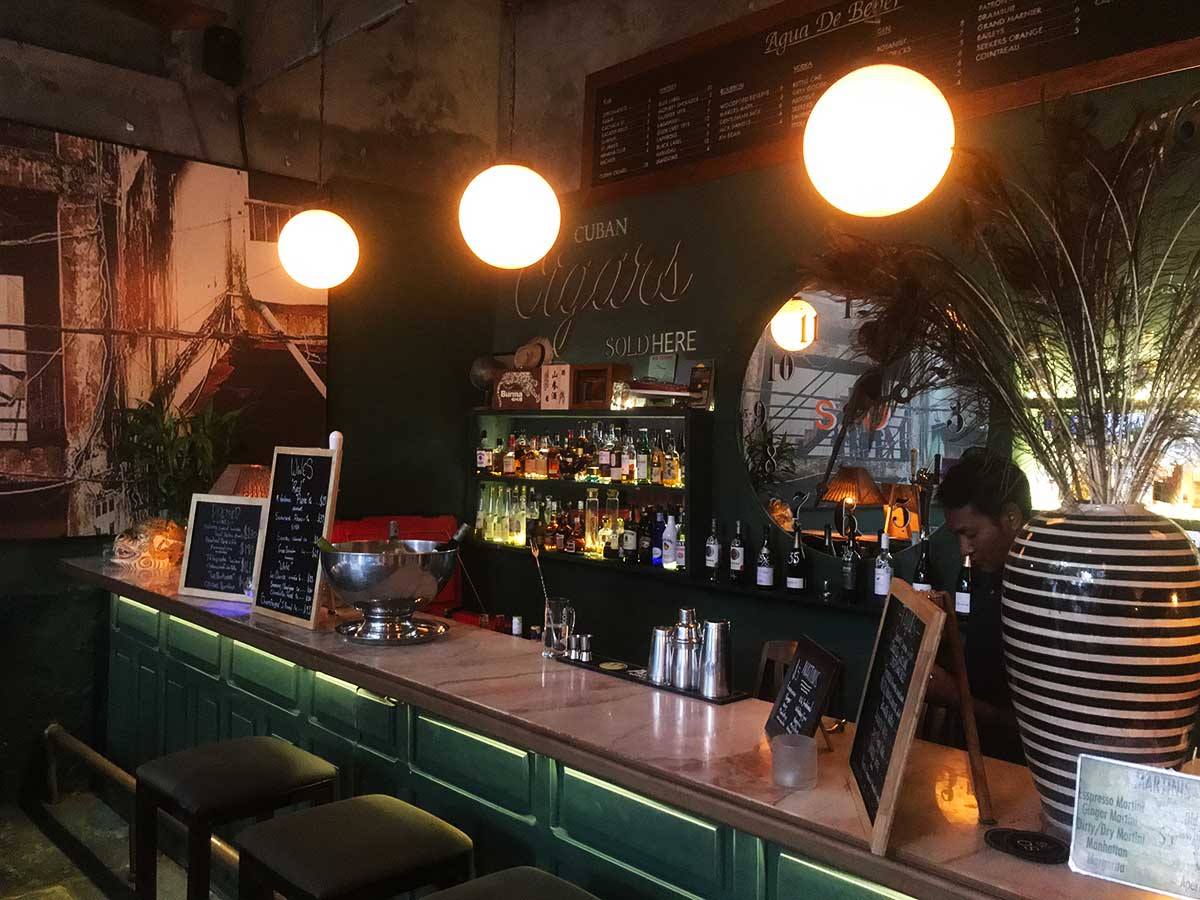
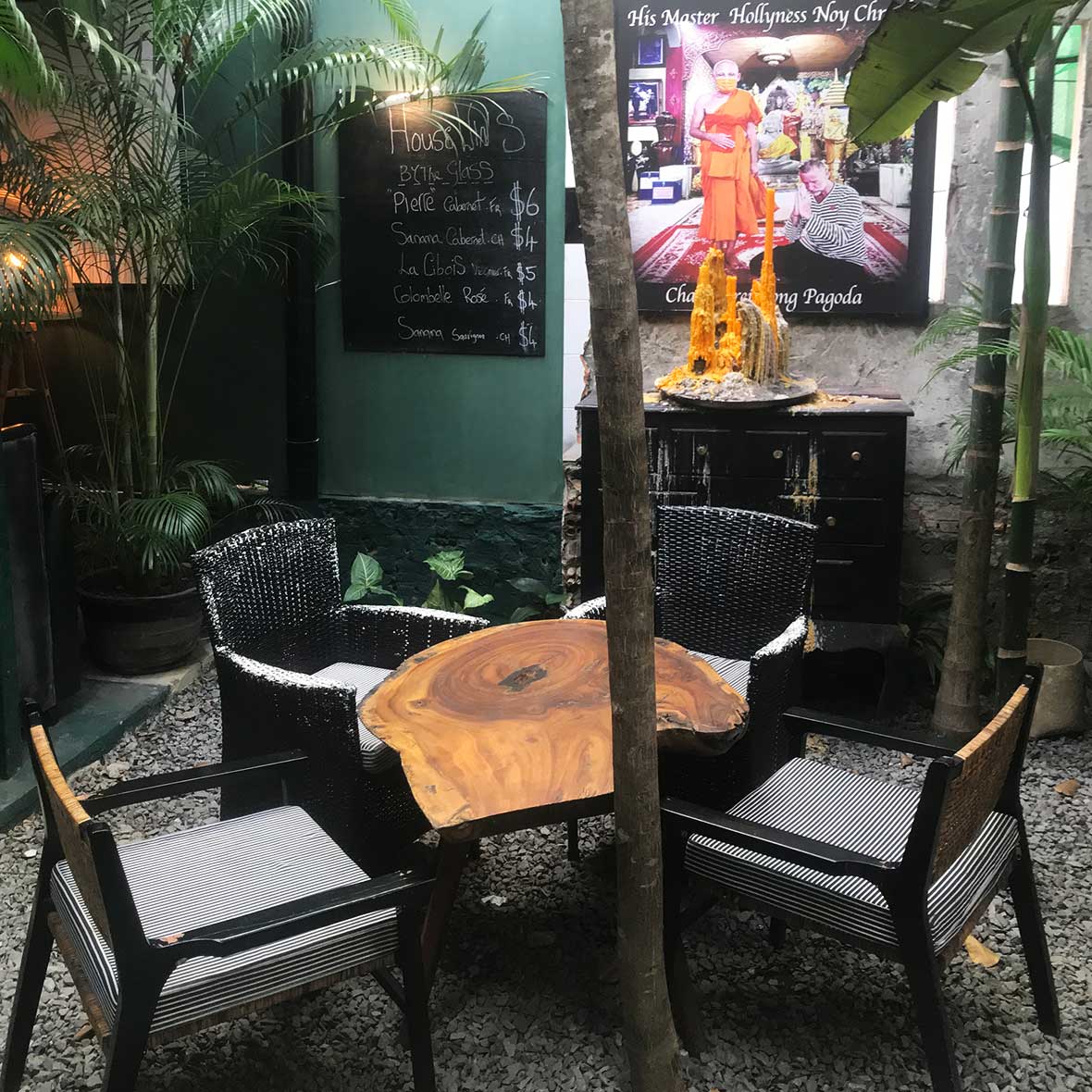
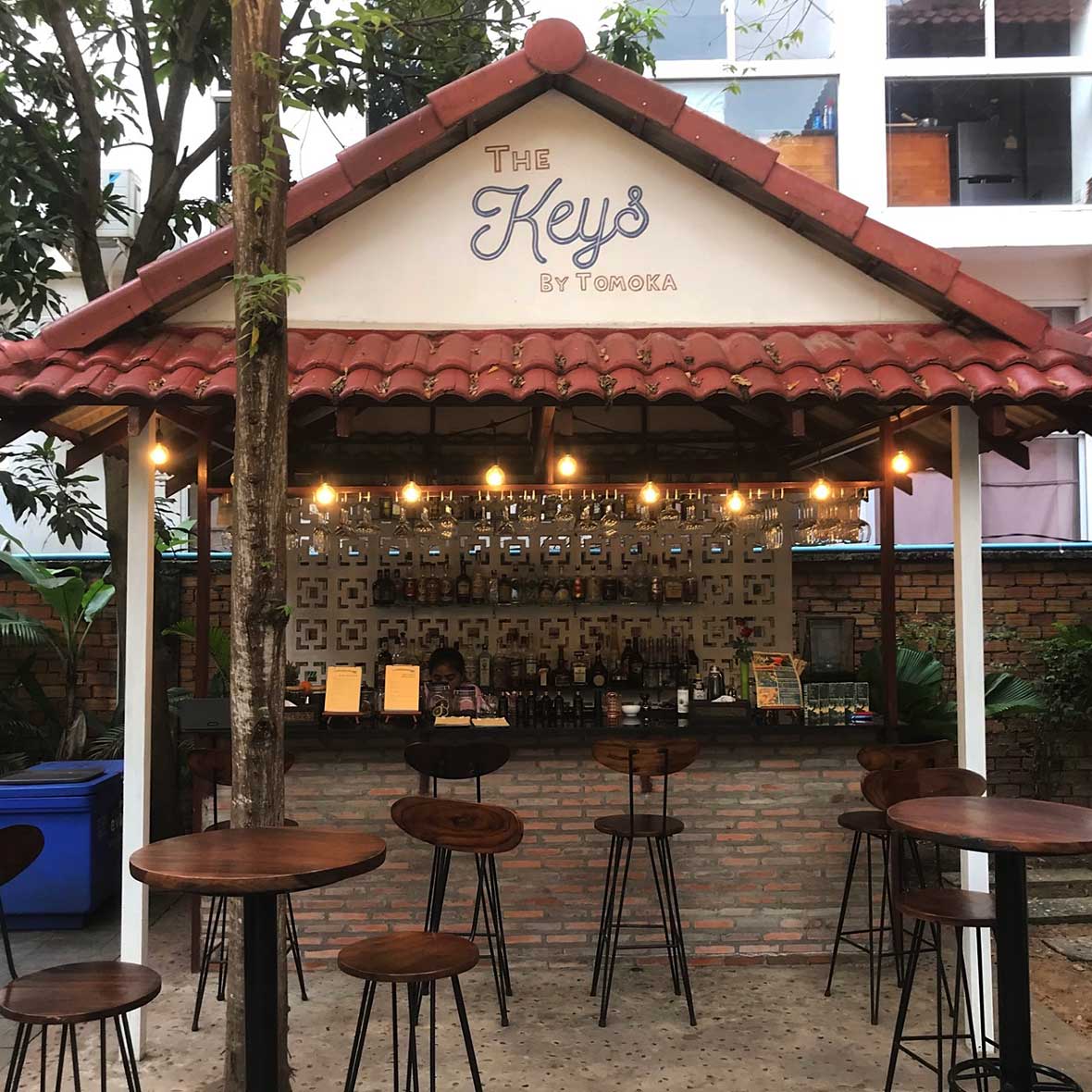
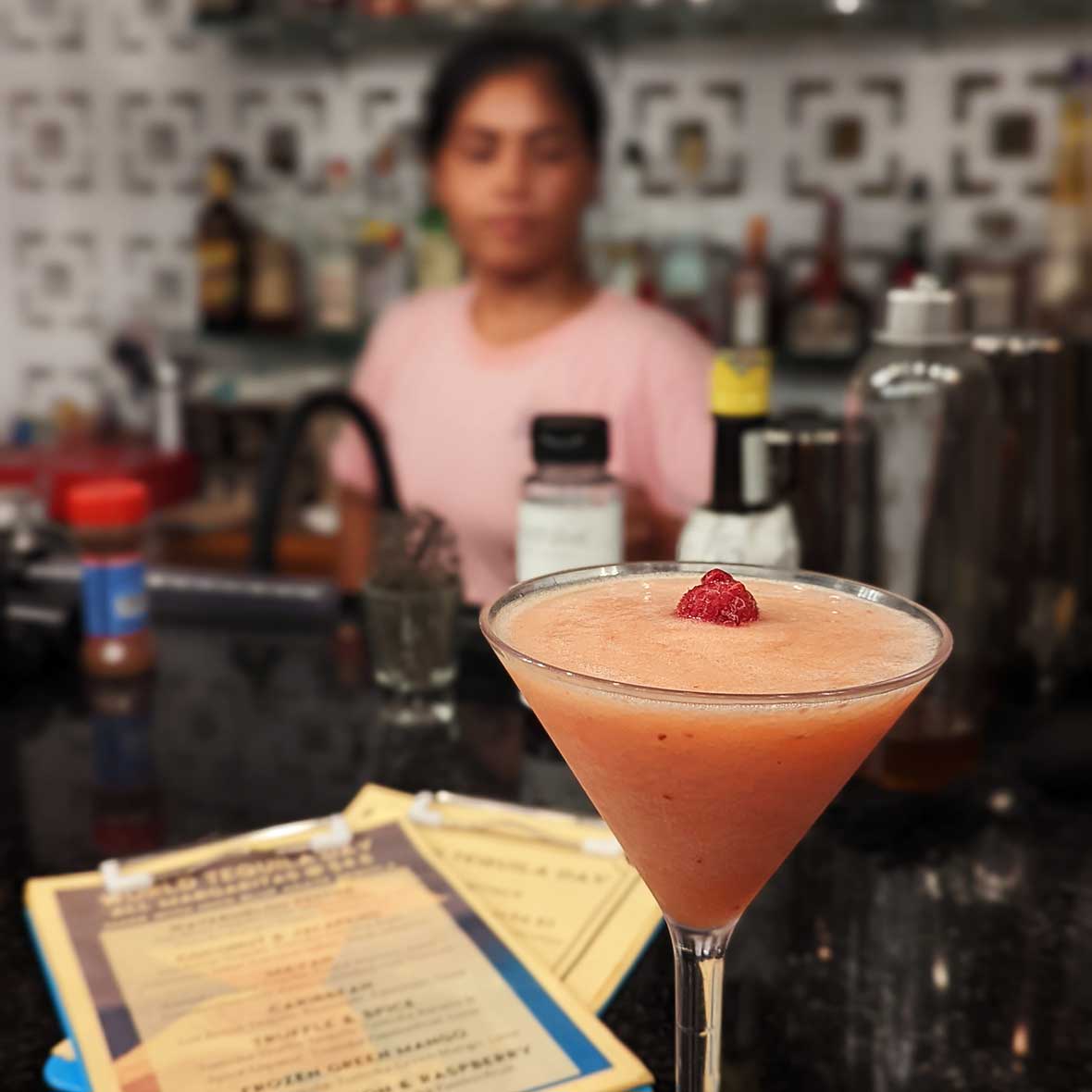
SO 26 was the next pretender to the best-bar throne in 2021. This 1930s Parisian jazz club throwback was the brainchild of Scottish émigré Stewart Kidd, who as owner of now-defunct The Village Café had already shown Siem Reap his creative pizzazz with his flair for vintage European furnishings and local artwork. The motto of his former locale, “Bar Bites Beats”, was neatly transposed to his new, design-forward joint hosting classy brunches, evening cocktails and some truly kicking club nights with imported and homegrown DJs.
If Bar 43 and SO 26 brought the party people out to play, a chilled atmosphere permeated the other new cocktail bars scattered across Temple Town. The Keys by Tomoka was something different, a sublime venue in a tropical garden on Chocolate Road that featured vintage wooden house accommodation, a swimming pool and a drinks corner where baristas mixed premium cocktails.
With its twin guest villas, mini-store and beautifully maintained garden, The Keys is a locale that instils instant peace of mind. “We ended up building a mini-cocktail resort, where guests can spend an hour, an afternoon, or use it as a base for a week,” says Tomoka director Hermione Brooks. The drinks menu lists complex cocktails alongside easy-drinking classics and showcases local flavors using ingredients like Kampot Pepper Tincture and Mekong Aromatic Bitters.
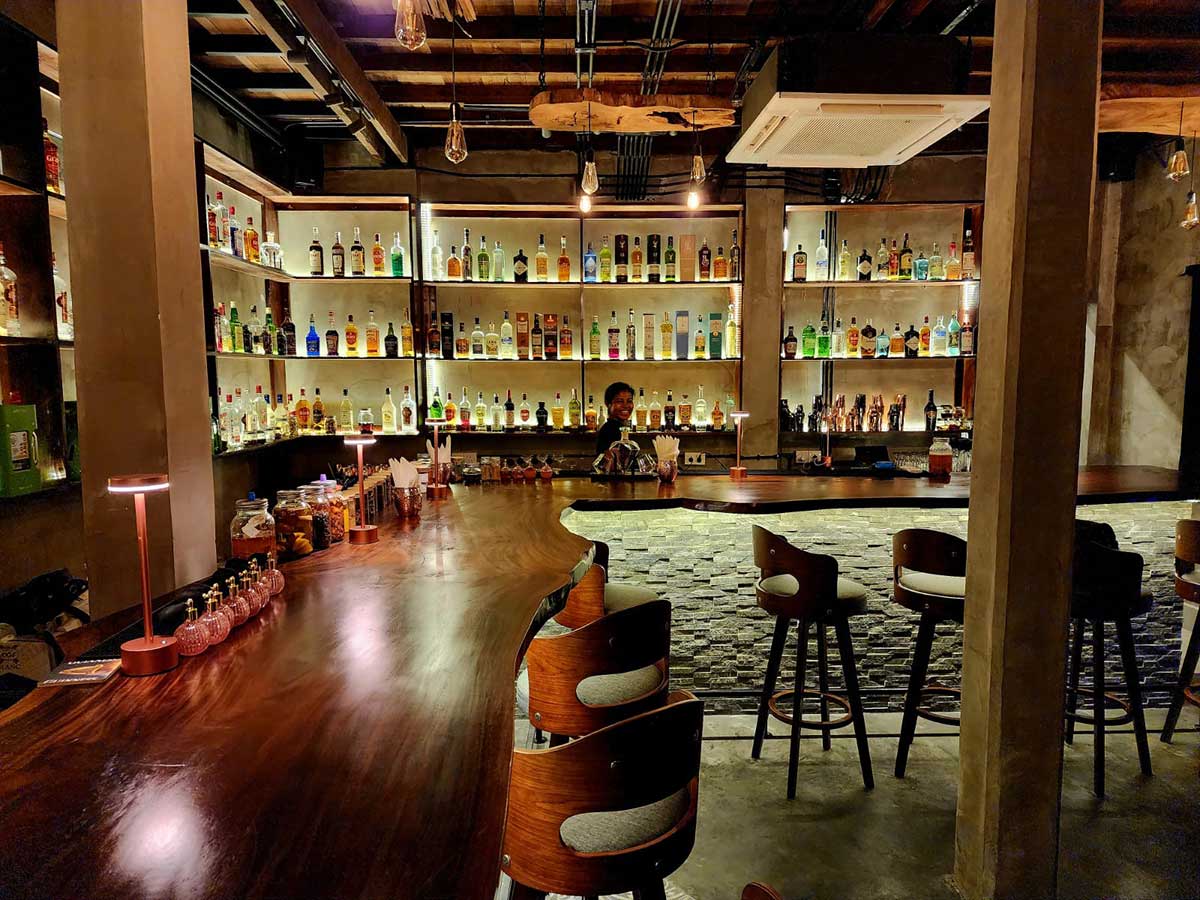
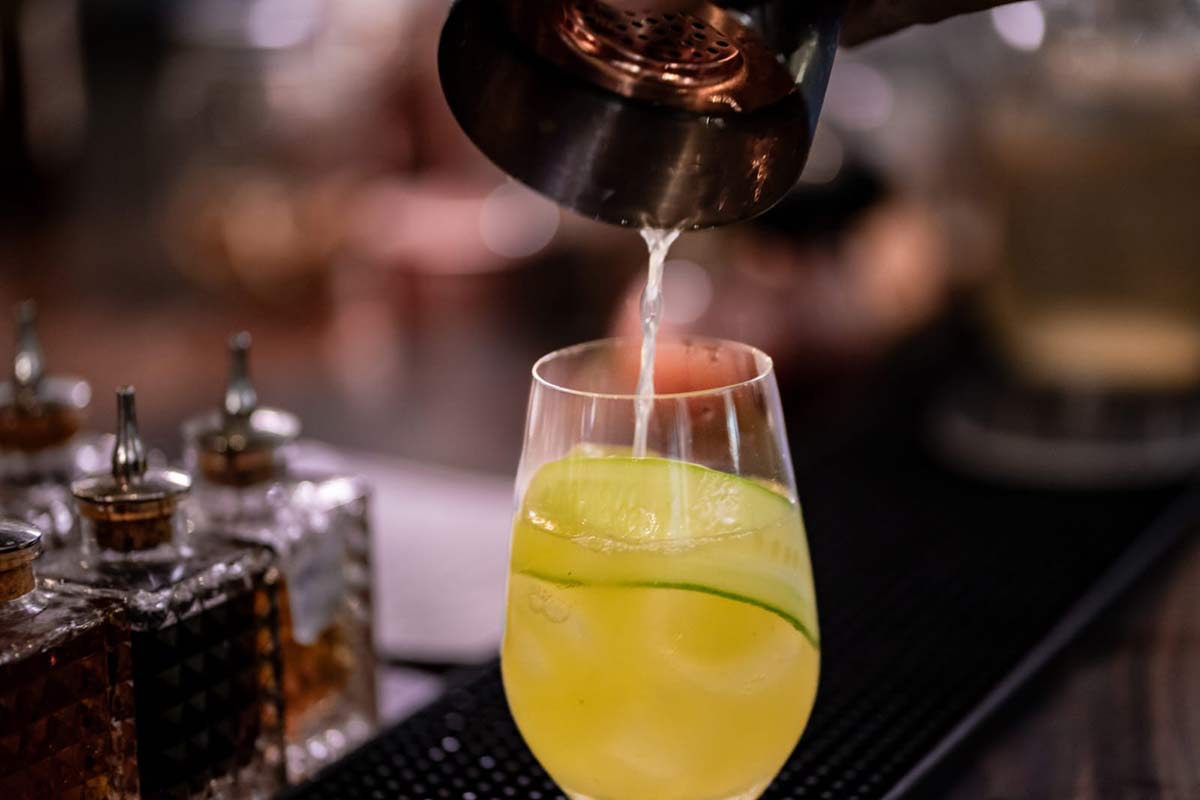
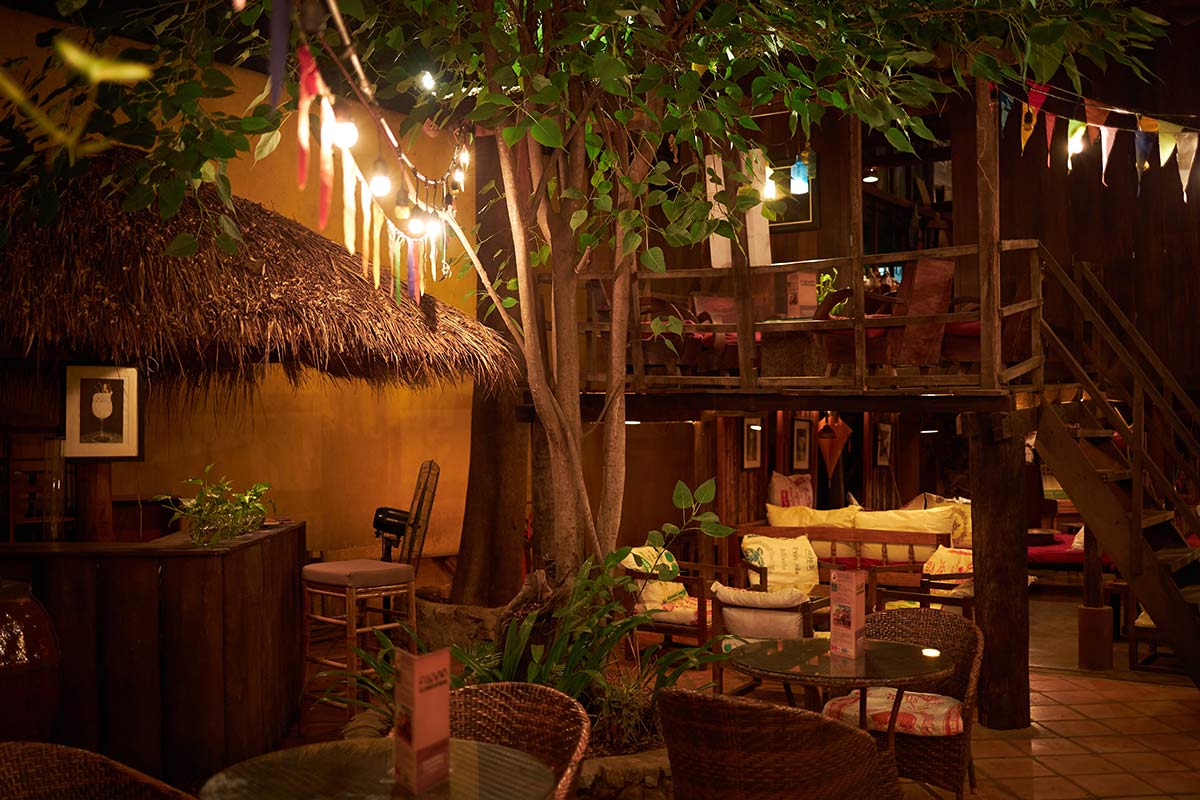
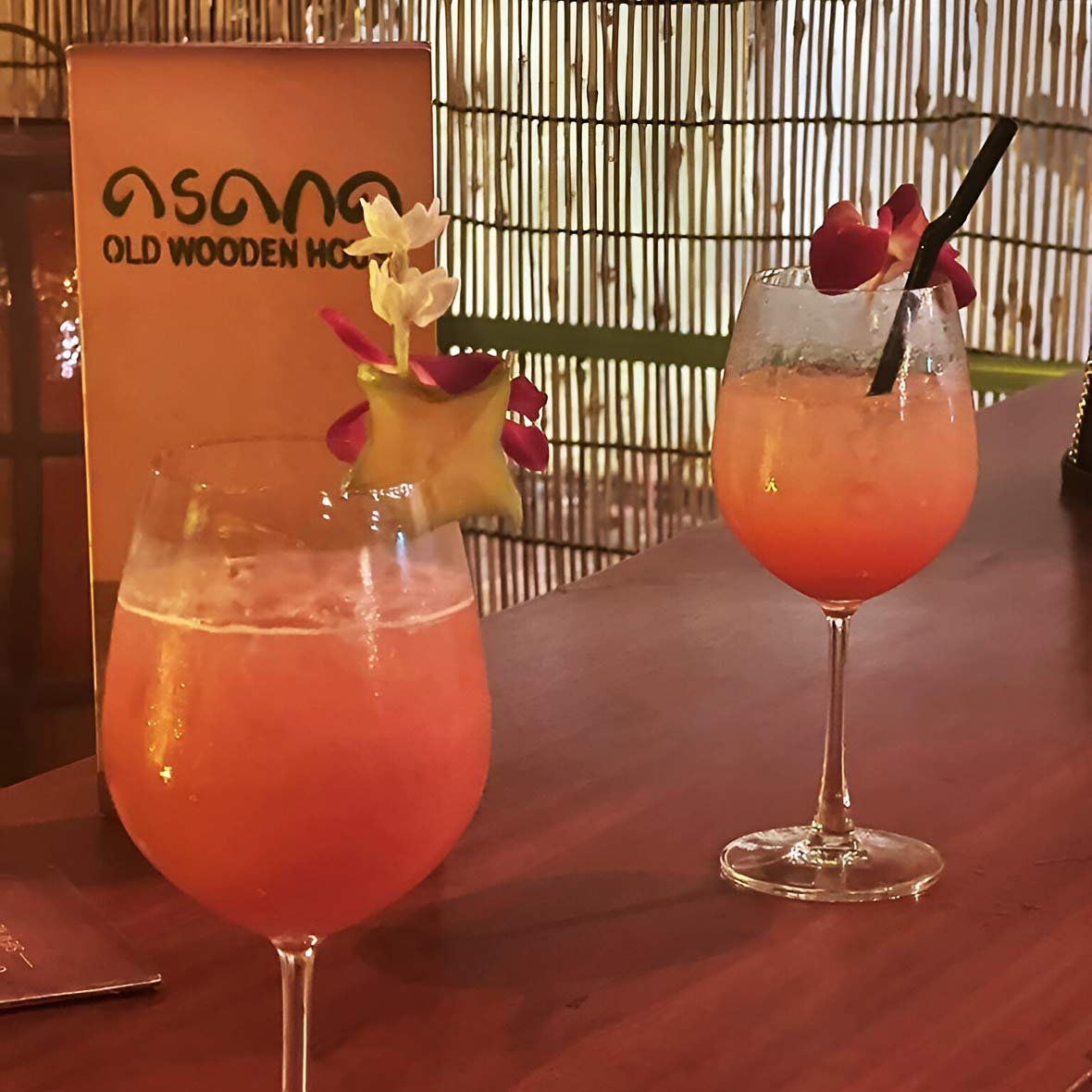
The most recent newcomer to Siem Reap’s speakeasy scene is Infusion Bar on Wat Damnak Road, a glamorous bolthole downriver decked out with dark, moody interiors that’s so discreet I struggled to find it on my first visit. Yet in less than a year, this secluded nighttime haunt has acquired serious cachet among cocktail connoisseurs, partygoers and music lovers for its premium ingredients, guest baristas, DJ nights and visiting musicians—and theme nights such as Tiki Night, a weekly Ladies’ Night, Negroni Week and even a Worst Pajama Party.
Amazingly, this über-cool mixology den with super-friendly staff is the first bar venture for its owner Huyly “Ly” Lim. The Mekong G&T exemplifies the locally oriented drinks menu, with Cambodia’s premium Seekers gin, DOM 1510 Bénédictine, pandan syrup and Indian tonic.
“I embraced the challenge of starting a business in a new city,” says Ly, a man not short on confidence. “Siem Reap’s relatively small size facilitates quick connections with locals – this made sourcing DJs, musicians, and guest bartenders a straightforward process. It’s only a matter of time before you become acquainted with everyone.”
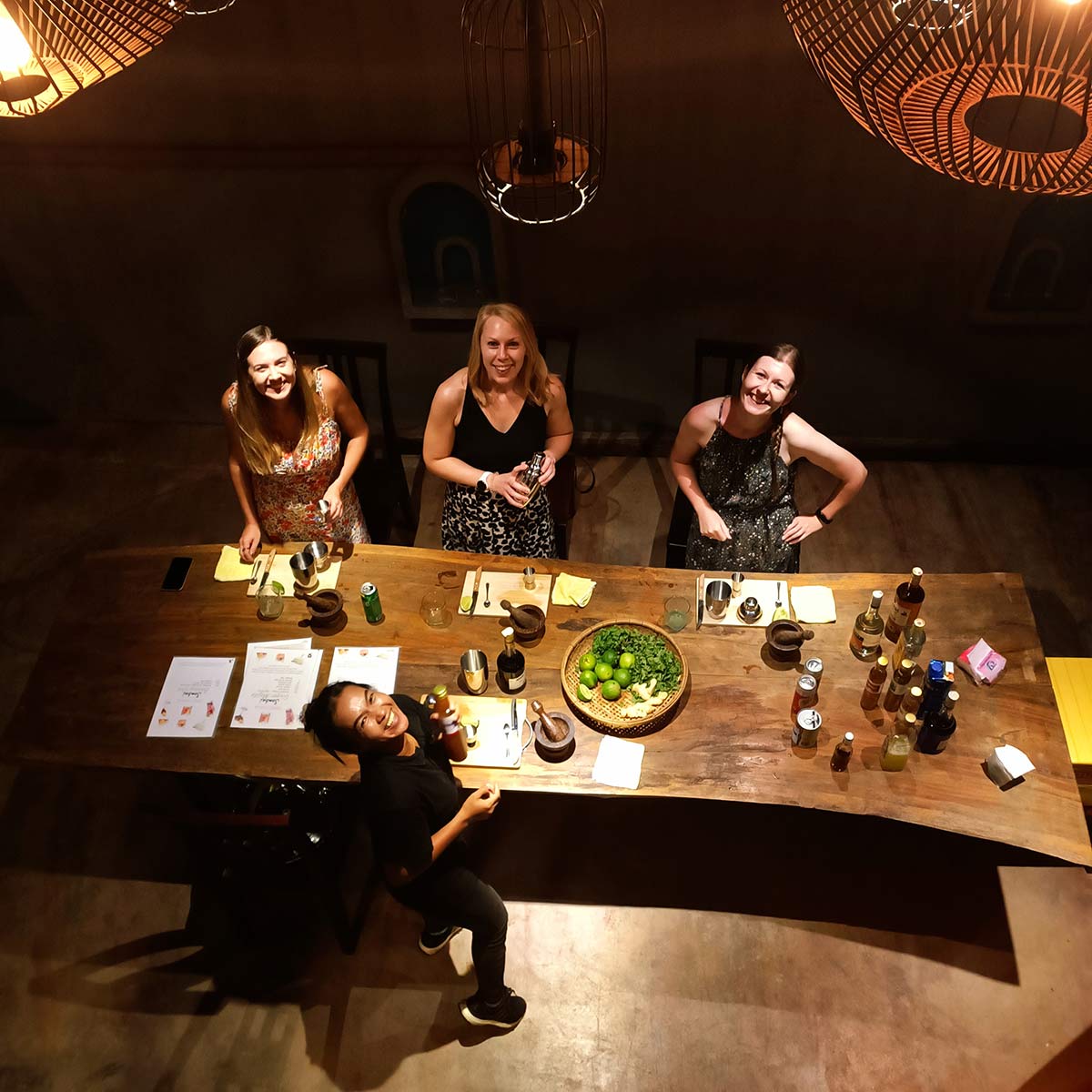
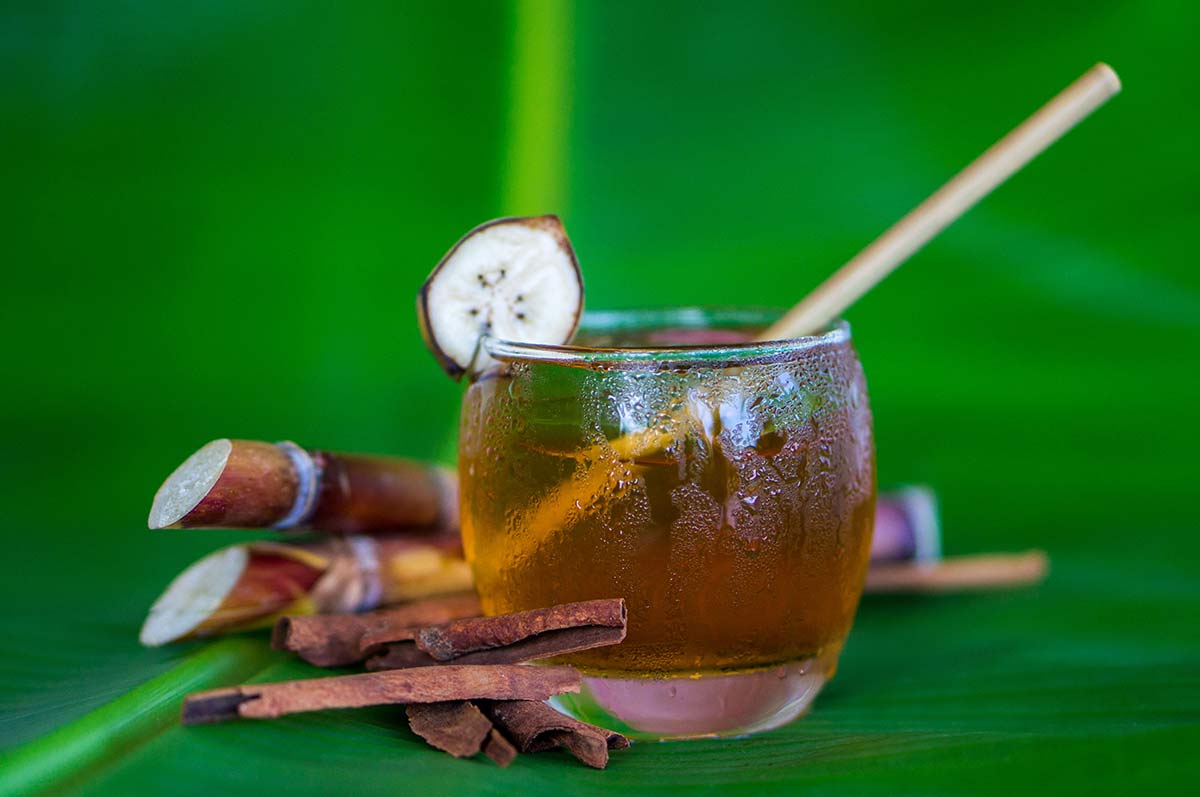
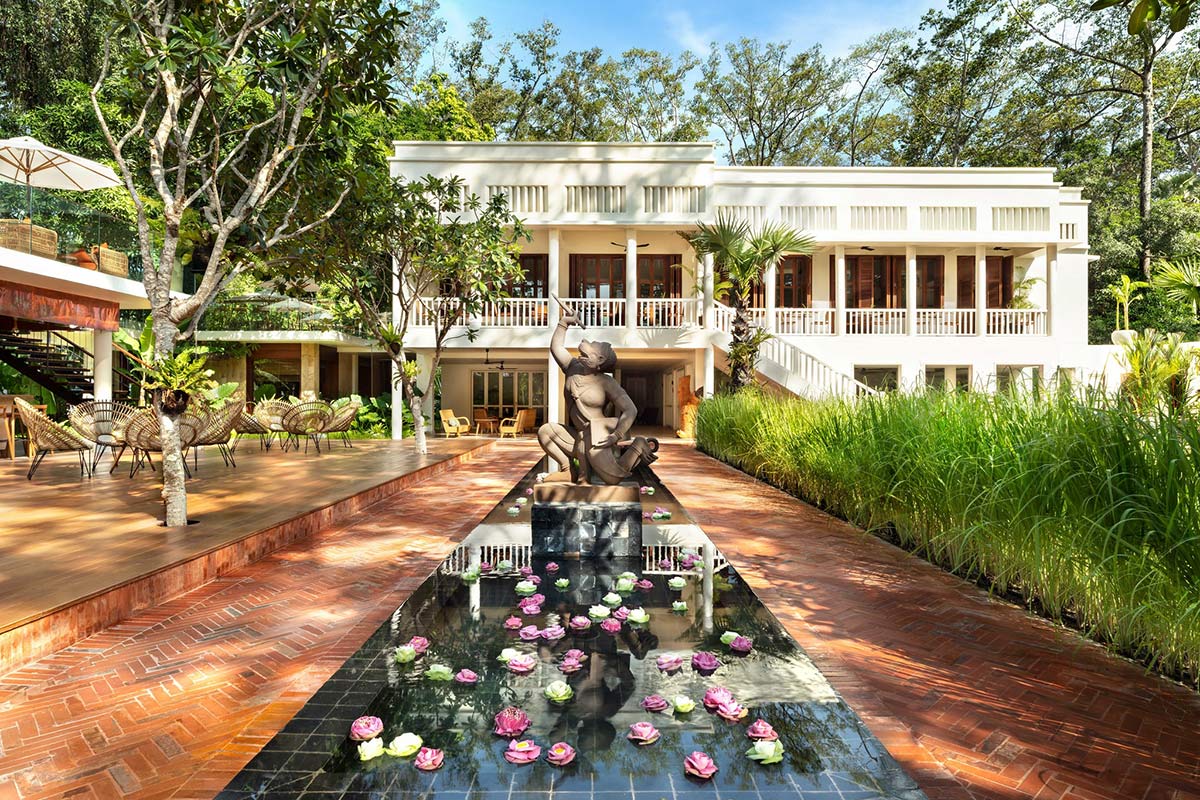
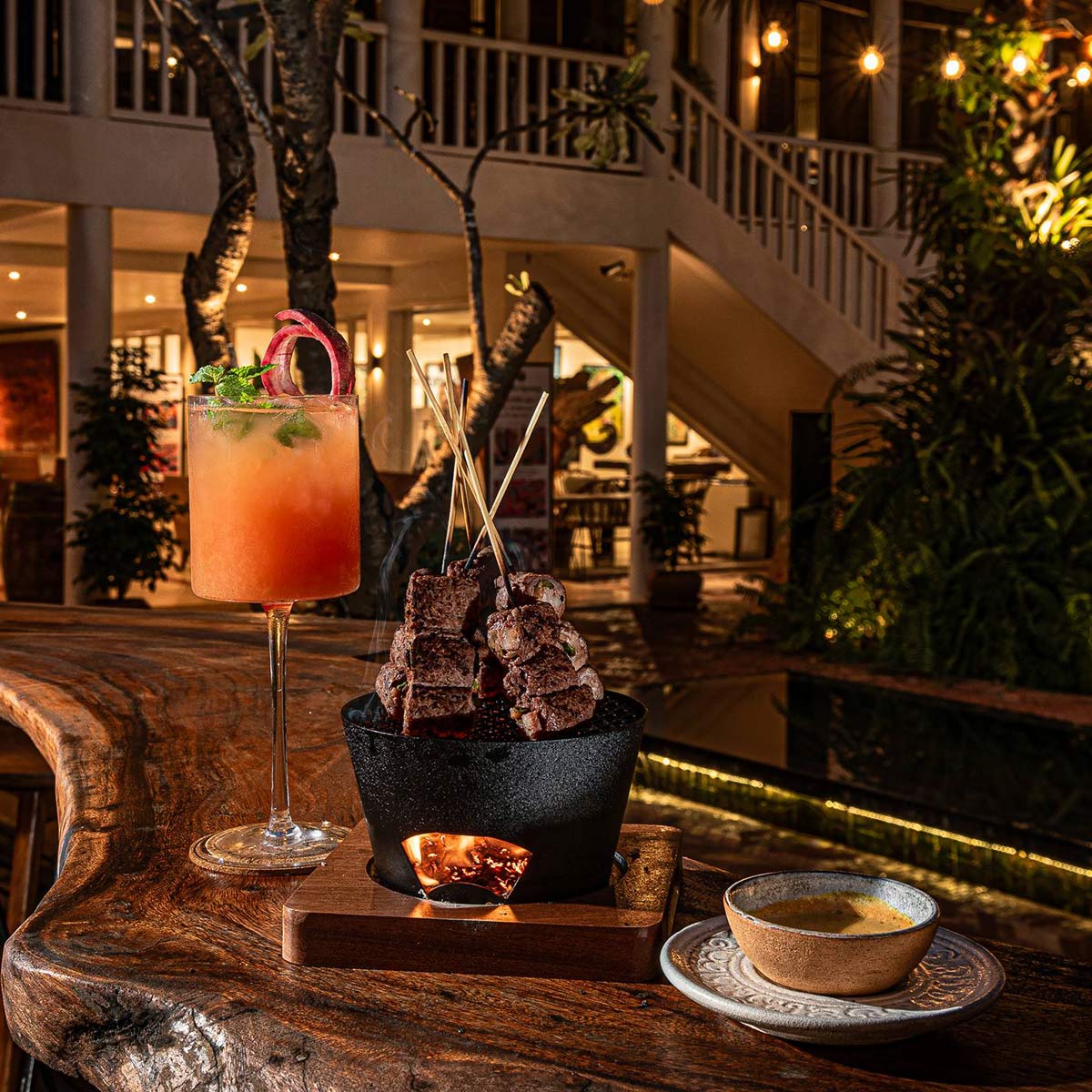
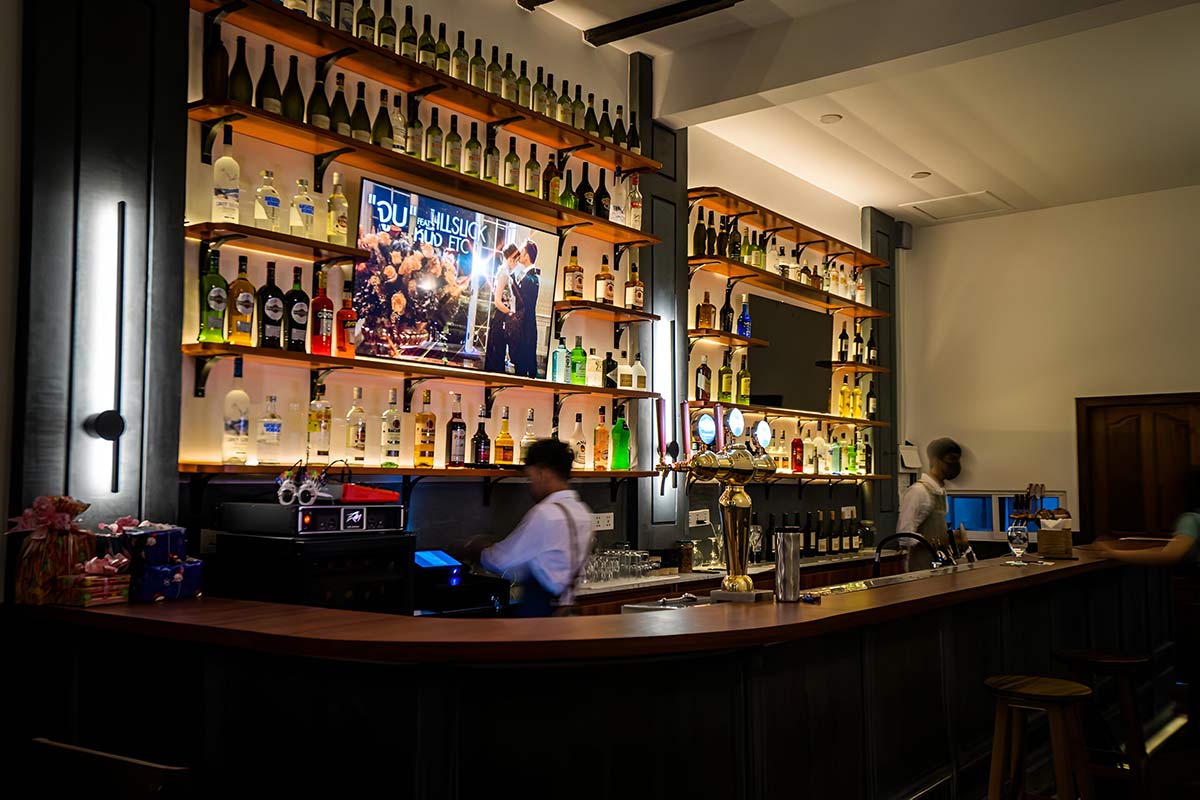
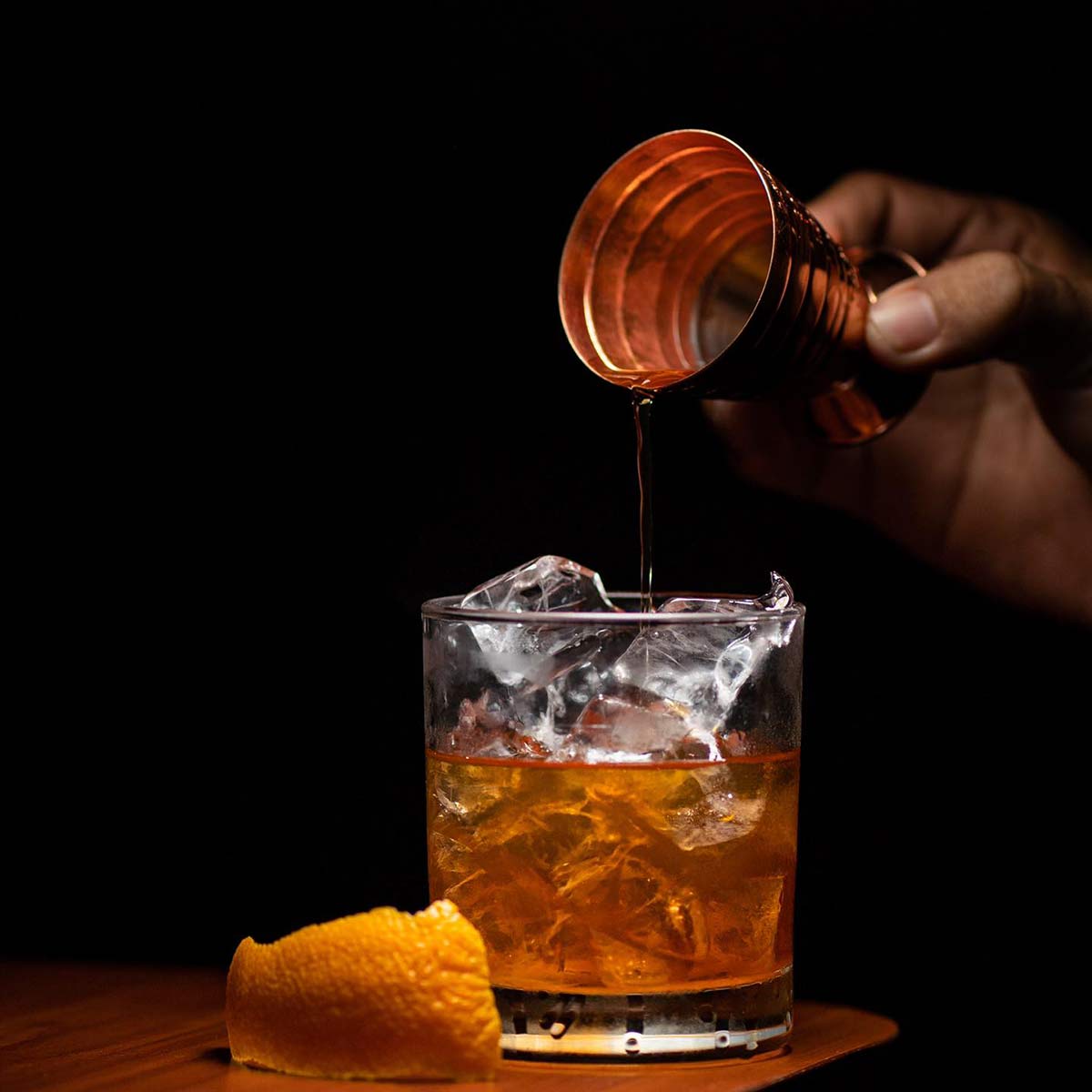
The long-standing veterans of the cocktail scene are all characterful localities with distinct personalities. By far the unlikeliest venue is Asana Old Wooden House, established in 2012 within a former family home that was built in the halcyon days of the late 1960s.
As the last remaining traditional house around Pub Street, it’s a stellar example of creative repurposing, where indoor tables come with rice sacks for seats and herbal cocktails are served in a teapot, and a calm ambience prevails despite the repetitive background thud of blaring techno.
Sombai, on the other hand, proves that a niche business can’t just outlive a pandemic but become a beloved tourist attraction. It specializes in showcasing a millennium-old sweet local liqueur, sra sor or rice wine—a staple at weddings, funerals and festivals—which comes here in a variety of tangy flavors.
FCC (Foreign Correspondents’ Club), the French governor’s house-turned-boutique hotel, rebranded its riverside front-lawn bar as Scribe one of Siem Reap’s most convivial cocktail spots. The polished coffee-and-brunch hotspot Dialogue 26 on Street 26 morphs into a speakeasy and craft beer bar by night, shaking up a heavenly Passion Martini.
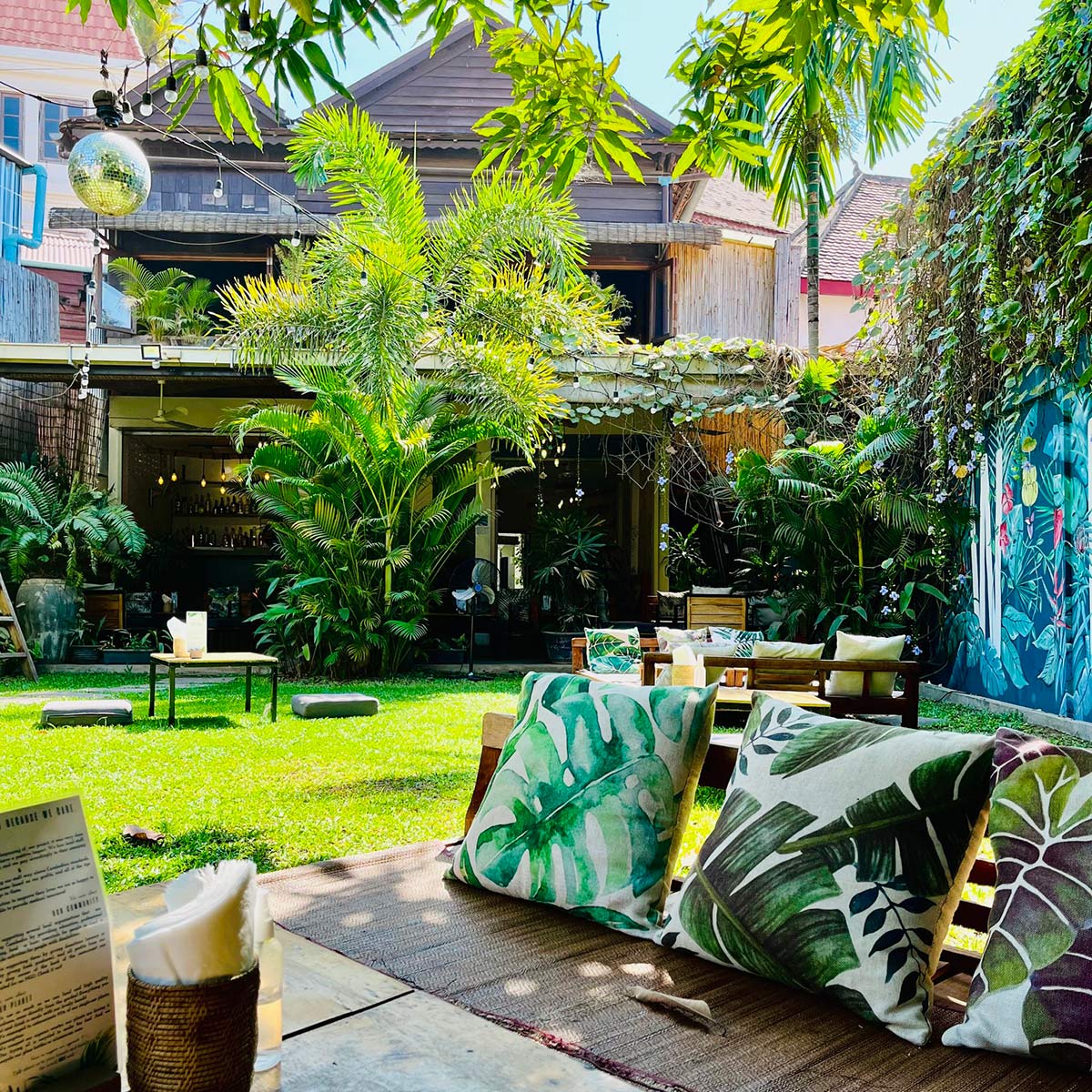
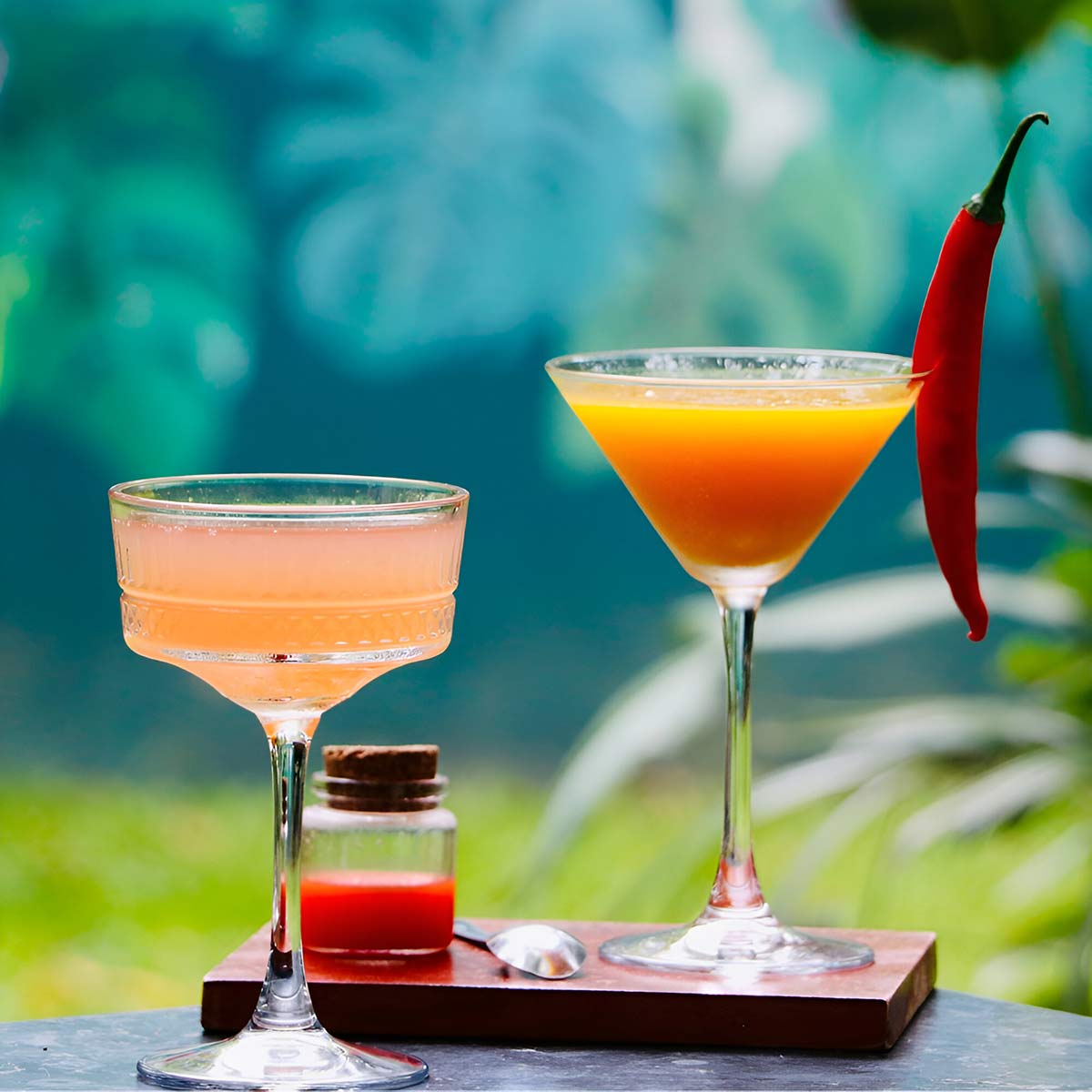
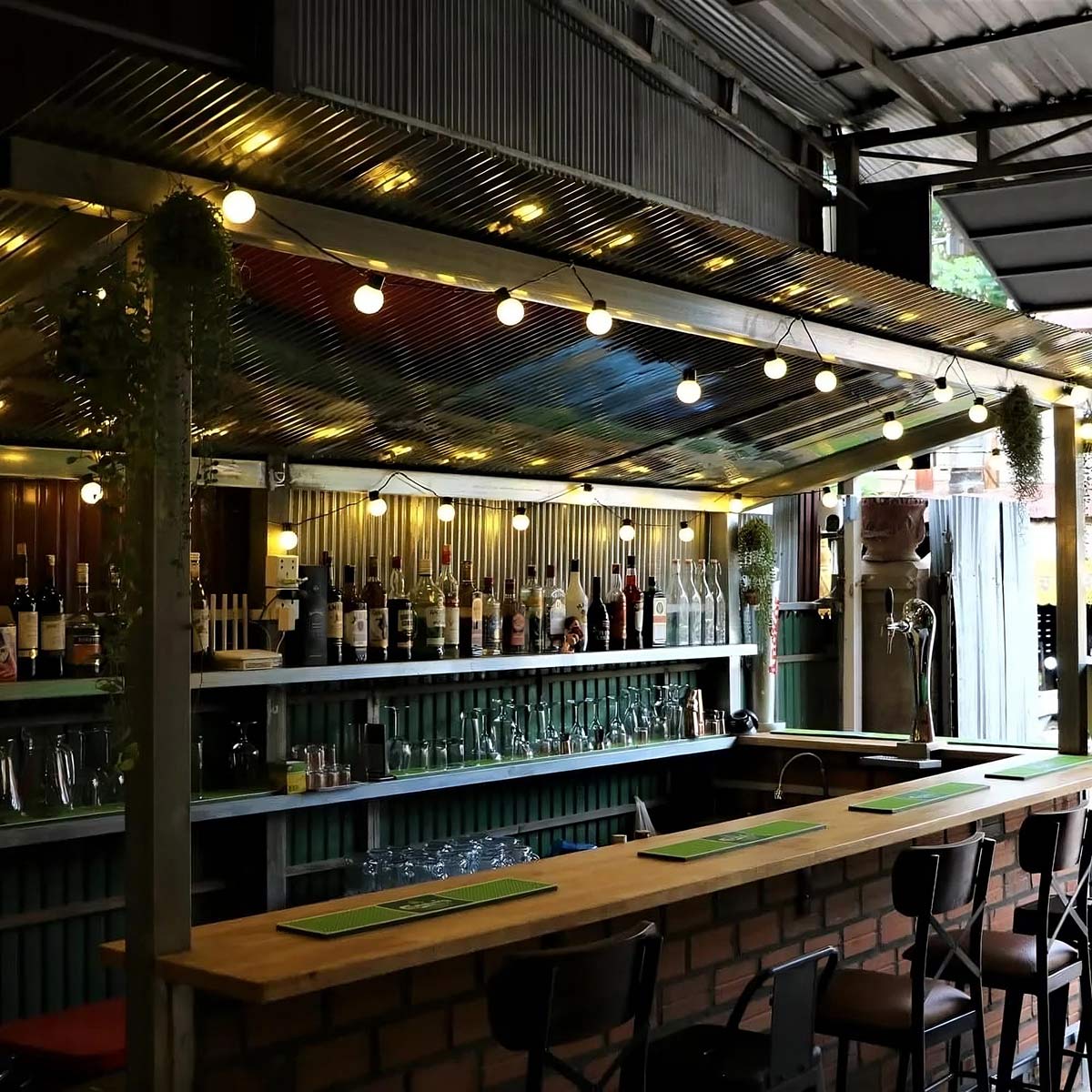
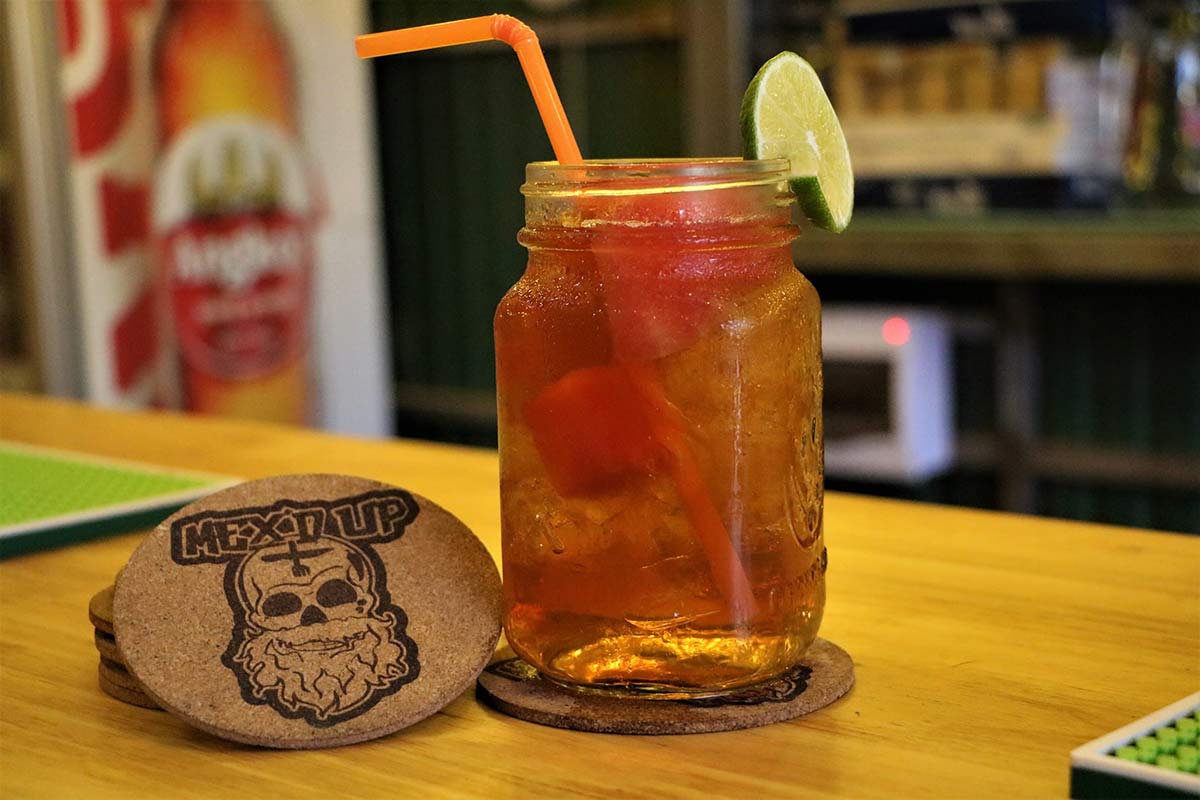
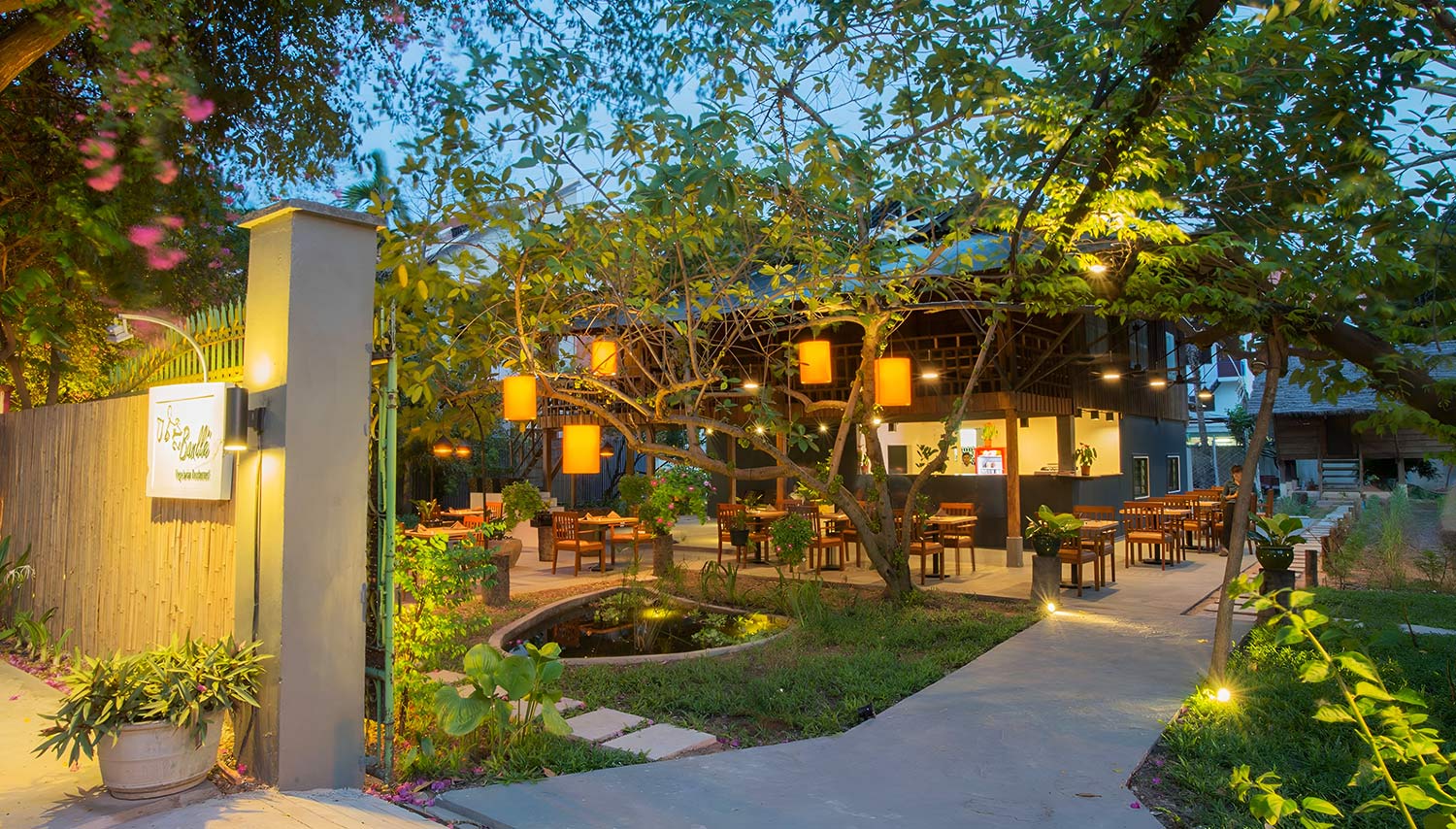
Wild, a hugely popular bar/resto set in a garden, plies locally inspired cocktails alongside its creative spring rolls; Mex’d Up complements its imaginative Mexican food menu with equally inventive beverages including four differently flavored “boozy iced teas”, espresso martini with a scoop of ice cream and “sorbet cocktails” that pair a locally made dessert with a classic spirits drink.
Even restaurants are getting in on the specialist cocktails act, with vegetarian haven Banllé rustling up some seriously potent potions of their own. Three stand out: Manjo Mojito is the most refreshing, a simple but effective combination of local ingredients chilli liquor and gold rum. A sterner test for your alcohol tolerance is Tomyamtini, which mixes galangal-tamarind liquor with herbs from the restaurant’s garden, triple sec, amaretto and vermouth; best of all, though, is Maitai, a dark head-spinner amply supplied with rum and Cointreau.
With all this on their doorsteps, the cosmopolitan denizens here need little persuading to sample some of Siem Reap’s finest sips helping to reinstate Temple Town as one of Indochina’s pre-eminent cocktail cities.
